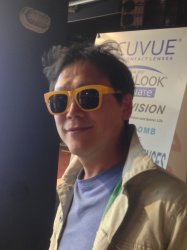BibTex format
@article{Haug:2021:10.1103/PRXQuantum.2.040309,
author = {Haug, T and Bharti, K and Kim, MS},
doi = {10.1103/PRXQuantum.2.040309},
journal = {PRX Quantum},
pages = {1--14},
title = {Capacity and quantum geometry of parametrized quantum circuits},
url = {http://dx.doi.org/10.1103/PRXQuantum.2.040309},
volume = {2},
year = {2021}
}

